Welcome to Valhalla: Inside the New 250GB Xbox 360 Slim
by Anand Lal Shimpi on June 18, 2010 1:59 AM ESTGetting Inside the new Xbox 360
To get into the Xbox 360 you’ll need pretty much the same tools you needed to get into the old one. A flat head screwdriver helps, preferably one with a long, thin stem (a tiny flathead is also useful in getting the heatsink clamp off if you want to go that far). You’ll need a torx driver with T8 bit. A phillips head screwdriver if you want to remove the fan on the heatsink and a selection of thin/flat tools to help you pry bits of the case apart.
The bad news is that the new Xbox 360 is not really any simpler to disassemble than the old one. I've included photos of the process here but for larger versions and even more than what I've included inline, check out the gallery below. As always, proceed at your own risk - we're not responsible for any damange to your console that happens as a result of following these instructions. Also know that proceeding with this will surely void your warranty from Microsoft.
To start you’ll want to first remove the hard drive. Next we have two plastic grates on the left and right of the system that pop right off. They are attached using clips along their edges so work one part out with your flat head driver and just pull the rest off.

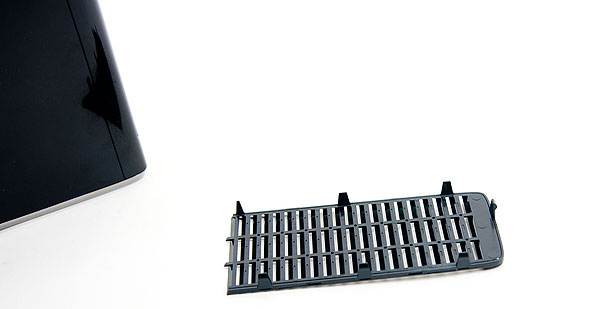
The side without the hard drive is a bit more difficult. I crammed a plastic tool between the chrome casing and the plastic grate to pull it off and then wedged my fingers in there to get the entire piece off.
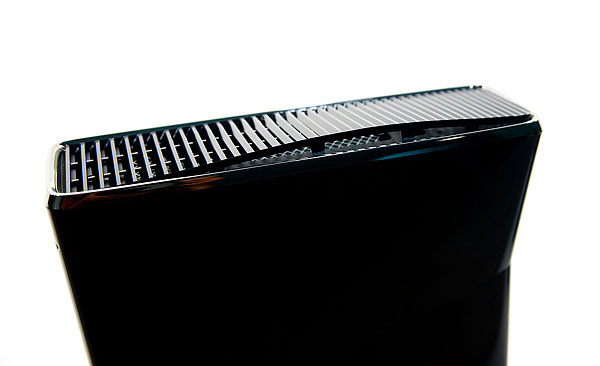
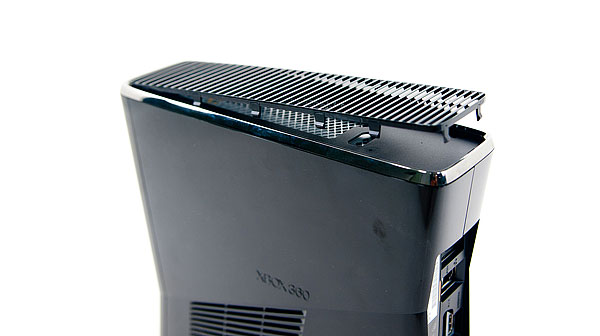
This next part is the first of two hard parts, and I’m not sure there’s a way around this. Removing the two plastic grates will reveal two more black plastic covers. You can wedge your flathead between the plastic cover and the rest of the system and pry it off.

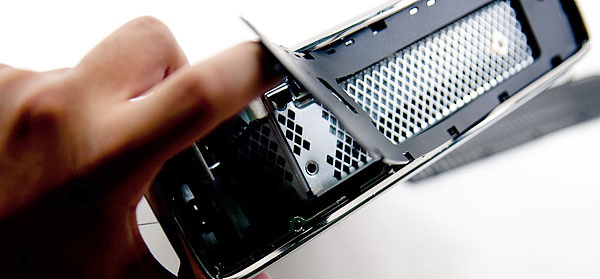
The cover is attached to the system by several plastic stands that fit through little holes behind them. The stands are wider at their outer most edge than they are at the base, too wide to just fit through the hole. In fact, removing these plastic covers will break part of the stands off. It looks like Microsoft did this to make opening the new 360 something that could only be properly reversed at Microsoft itself. Thankfully doing so doesn’t fundamentally ruin the system.
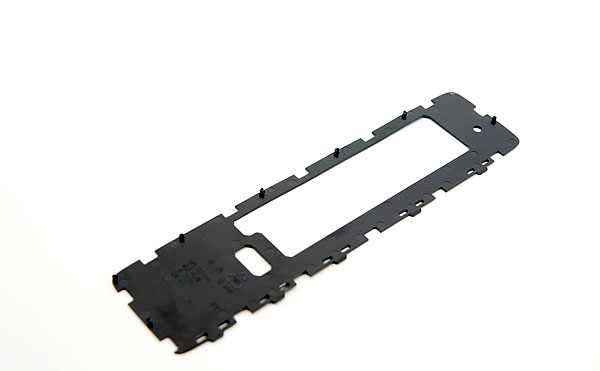
Stick your screwdriver in one of the cutouts and pry away. You’ll see a lot of flexing and then hear a pop, once you hear one move to the next portion of the plastic cover. Do this around the edge until the entire cover is removed. Repeat for the other side of the 360.
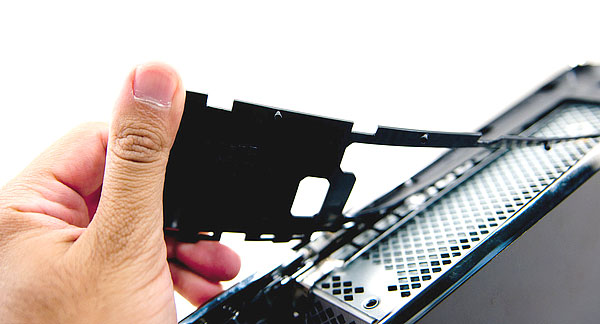
Now you’ve got line of sight into the system itself. Great.
At this point you can also remove the 802.11n card which is held in place by a single screw. Remove the T8 screw and the card slides right out. It is just plugged into an internal USB port.

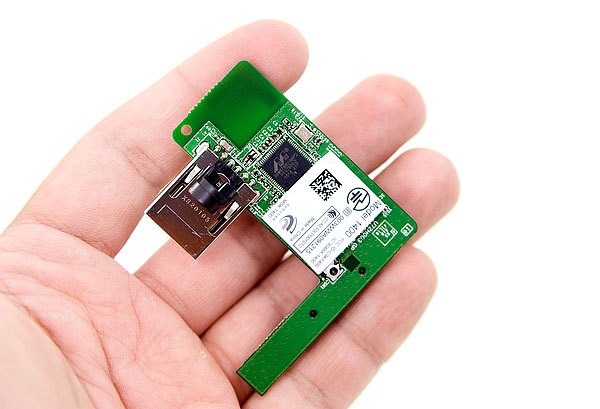
Now we have to remove the two chrome surrounds on either side of the system. These are attached via clips that can be tempted loose using that trusty flat head screwdriver. Wedge it between the clip and the rest of the chassis and push away from the chassis:

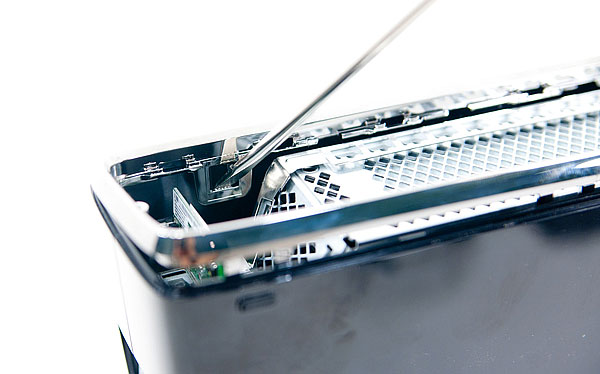
Some clips will give way easily, others will take some coercion. Some of the clips are only accessible via a very tiny, very long flat head. Start with the clips you know you can get off and then try to pry the tough ones later.

You’ve got 6 on one side and 5 on the other chrome lip, the shots below should help you.
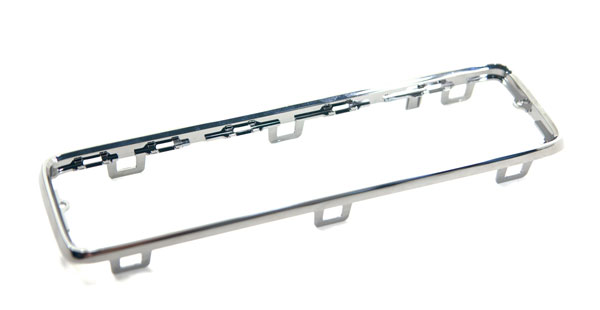
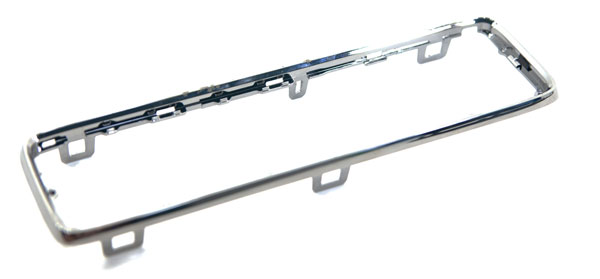
With the two chrome surrounds removed we’re now at the second most difficult part of dissecting the new Xbox 360. Remember these little things:
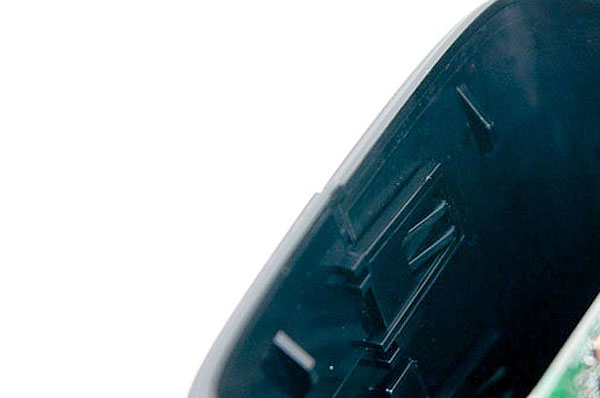
Yep, they’re back, and even more of a pain.
















109 Comments
View All Comments
ajp_anton - Friday, June 18, 2010 - link
Any reason not to use a slim DVD drive?jeremyshaw - Friday, June 18, 2010 - link
For your sound comparison, you listed crysis warhead!!Anand Lal Shimpi - Friday, June 18, 2010 - link
ha! that's funny. That's what I get for not paying attention to what I was copying, the load tests were done with a spinning disc in the drive (Halo 3).Take care,
Anand
MonkeyPaw - Friday, June 18, 2010 - link
Honestly, the drive noise on my Jasper isn't an issue for me, as I install my games to the HDD. It's a feature I love because it kills most of the noise, AND it boosts load times significantly. Really, putting the game data on the HDD is the only way I could fill up the drive--I don't use that space for anything else except a demo or two and the game saves.I do wish the fans were better though. I don't mind the noise; it's the pitch that gets me.
quiksilvr - Friday, July 2, 2010 - link
Doesn't that seem a bit sad, though? They couldn't even utilize a proper DVD drive so they just make users dump the game onto their HDDs?This is why they should have gone with Blu rays.. The higher density of the discs would:
1) Decrease load times
2) Decrease the spin speed of the drive, which would in turn
3) Decrease noise
And thanks to the epic coating on Bu Rays, would make the games discs a hellova lot longer without having to resort to d skins.
ck1984 - Monday, July 5, 2010 - link
Dumb comment because you didn't check FACTS and you contradicted yourself for a start the facts are blu ray is SLOWER than dvd at load times because it spins the disk slower than dvd's e.g all blu rays spin at 2x speed dvd's go up to 24x i think. This is the reason PS3 has to install parts of all games to hard drive to decrease load times. You contradicted yourself when you said 1) decrease load times then said for your 2nd point decreased spin speed also, as mentioned before decreased spin speed means decreased load times as it doesn't read the data off the disk as fast. The only advantages it has is storage space (on that point hard drives are quickly becoming the future with online downloads as the the HDD is faster and holds enormous amounts of data way faster than blu ray and holds more data) and decreased noise thats it blu ray isnt the future for gaming its way too slow a very good example of how slow it is is to time how long it takes to put a small amount of game data to hard drive on the ps3, the load times you talk about are the ps3's hard drive running partially installed parts of the game compare the install time of the ps3 which only installs parts of a game, compare that to the 360 when you dump the ENTIRE dvd to the hard drive.Xentropy - Tuesday, July 6, 2010 - link
You seem to be forgetting that increased density counters the slower spin speed in this regard. Just because a smaller arc of the disk is read in the same period of time doesn't mean more bits aren't in that smaller arc than in the larger arc of a DVD.To answer in more detail, 1X on a DVD refers to 1.32MB/s. Equivalent to a 9X CD speed. 1X Blu-Ray refers to 36MB/s. So about the same as a 27x DVD drive. Yes, despite slower rotational speed, a 1x Blu-Ray drive (and most are 2x since at least 1.5x is required to play a movie at Blu-Ray quality) reads data at a far faster rate than even a 16x DVD drive.
The reason the entire Blu-Ray isn't installed to the hard drive in the PS3's case is the sheer amount of data involved. Two games would completely fill a drive.
Xentropy - Tuesday, July 6, 2010 - link
Meh, to correct myself, my sources mixed up bytes and bits. A 2X Blu-Ray drive is about as fast as 7X DVD, at least at the outer edges of the DVD. DVD's read inside-out, though, and the Blu-Ray is actually faster than the first half or so of a 12X DVD drive's first layer of data, but slower than the last half. Functionally, the difference is small in the overall bits read per time between the two formats at 2X BR vs 12X DVD.CrimsonFury - Saturday, July 31, 2010 - link
The speeds you quoted are not in the same format. The Blu Ray speed you quoted is in megabits while the DVD speed you quoted is in megabytes (also 1x DVD speed is 1.38MB not 1.32MB)To convert from megabits to megabytes you divide by 8. So 1x BluRay = 4.5MB (Megabytes).
So a 2x BD drive like the one in the PS3 has a speed of 9MB.
A 12x DVD drive like the one in the Xbox 360 has a speed of 16.5MB, almost twice the speed of the PS3s drive.
pieterjan - Friday, June 18, 2010 - link
Excactly! Takes less space, makes less noise, leaves more space for a bigger heatsink and fan, which make even less noise.